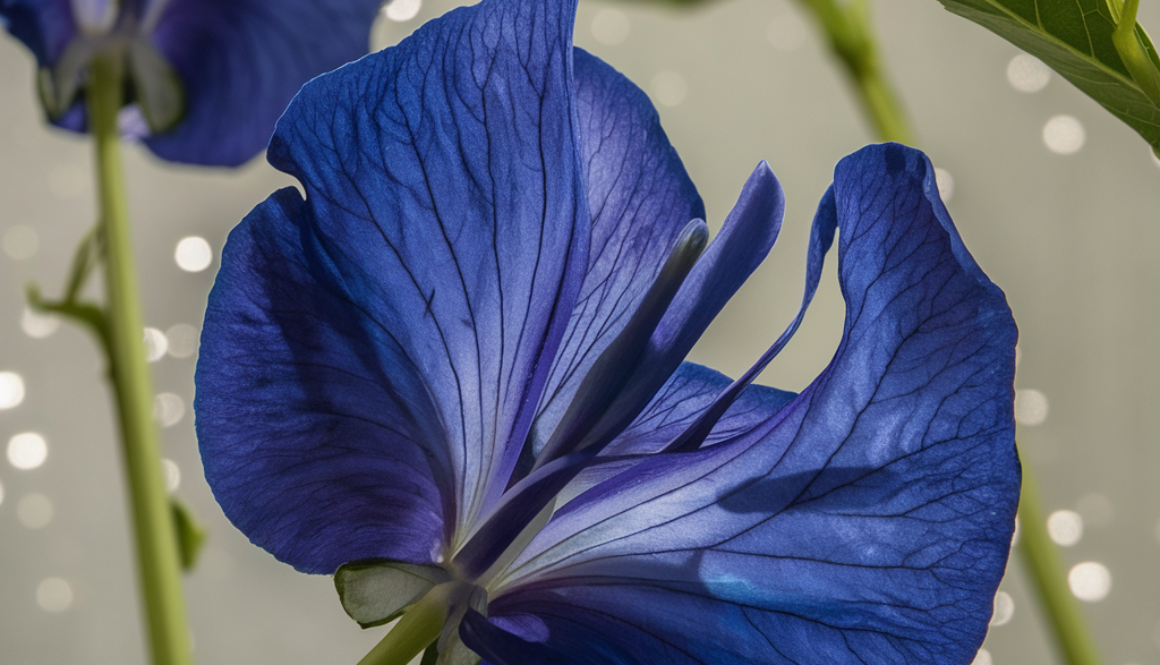Butterfly pea
hello Blog Butterfly Pea benefits, Butterfly Pea care, Butterfly Pea cultivation, Butterfly Pea dye, Butterfly Pea flowers, Butterfly Pea growing conditions, Butterfly Pea health benefits, Butterfly Pea herbal remedies, Butterfly Pea in cooking, Butterfly Pea medicinal properties, Butterfly Pea plant, Butterfly Pea propagation, Butterfly Pea soil requirements, Butterfly Pea tea, Butterfly Pea uses 0
Butterfly pea, scientifically known as Clitoria ternatea, is a strikingly beautiful flowering plant native to tropical Asia. Recognized for its vibrant blue flowers, butterfly pea is not only a garden favorite but also valued for its numerous health benefits and versatile uses in traditional medicine, culinary arts, and natural dye production.
Part Used: The primary parts of the butterfly pea plant used are its flowers, leaves, and roots. The flowers are particularly sought after for their rich anthocyanin content, which imparts a brilliant blue color. The leaves and roots are also used for their medicinal properties.
Usage: Butterfly pea flowers are commonly used to make a caffeine-free herbal tea that changes color based on pH, shifting from blue to purple with the addition of acidic ingredients like lemon juice. This tea is rich in antioxidants and is believed to improve cognitive function, reduce anxiety, and promote overall health. In traditional medicine, butterfly pea is used to treat various ailments, including inflammation, pain, and respiratory issues. The plant’s flowers are also used as a natural food coloring in culinary applications and as a dye for fabrics and cosmetics.
Agrotechniques: Butterfly pea is a hardy plant that thrives in warm, tropical climates. It prefers well-drained soil and can tolerate a range of soil types, from sandy to loamy. The plant is typically propagated from seeds, which should be soaked in water overnight before planting to enhance germination. Butterfly pea requires full sunlight and moderate watering, being drought-tolerant once established. It grows rapidly and can be used as a ground cover or a climbing vine on trellises and fences. Regular pruning helps to encourage bushier growth and more prolific flowering. Harvesting the flowers should be done early in the morning when they are fully open to ensure maximum colour and potency.

